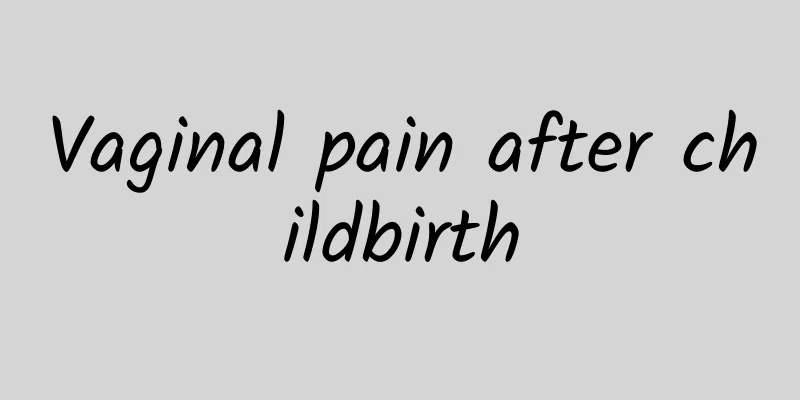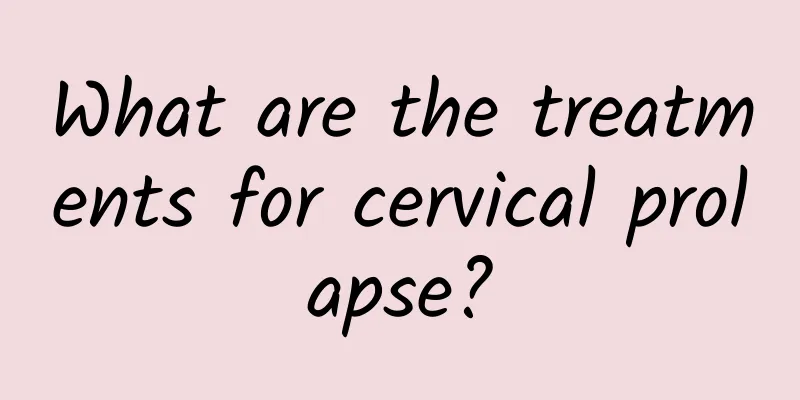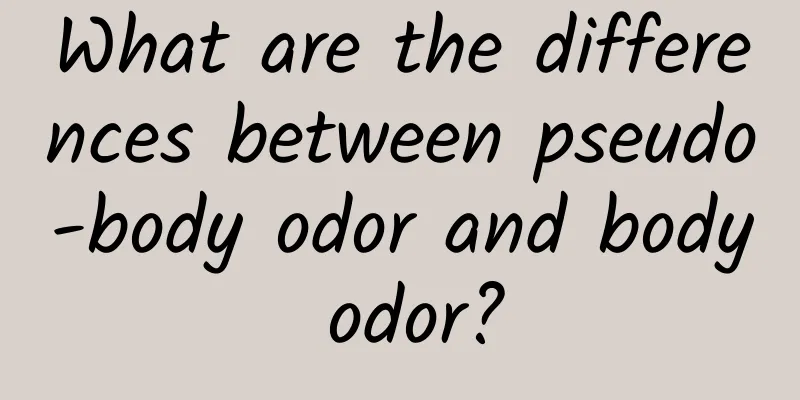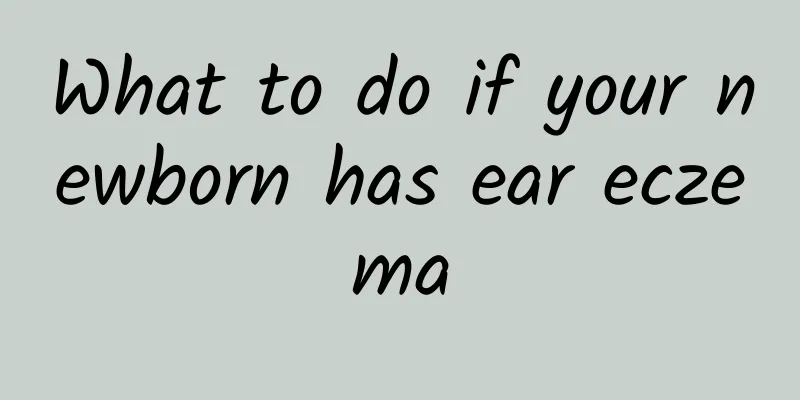How to screen for cervical lesions? What are the screening methods for cervical lesions?

|
With the improvement of people's living standards and changes in the current living environment, more and more diseases are wreaking havoc, such as gynecological diseases that plague our female compatriots. So how should we screen for cervical lesions? Screening start and stop time Screening should start for sexually active women aged 21 years and above; 21-29 years old: cytology screening, once every 3 years; 30-65 years old: HPV combined with cytology screening, once every 5 years (preferred), or cytology screening, once every 3 years. Stop screening if you are >65 years old, have no CIN2 or higher lesions in the past 20 years, have 3 consecutive negative cytology results in the past 10 years, or 2 negative cytology combined with HPV screening, and the last screening was within 5 years. Routine screening for CIN2 or higher lesions treated (or spontaneously resolved) in the past 20 years should be continued for at least 20 years, even if over 65 years old. Three-step screening and diagnosis steps for cervical lesions The first step: cervical cytology/HPV testing - initial screening The second step: colposcopy ------------ assisting diagnosis The third step: histopathological examination---confirmation (gold standard) Introduction to several screening methods (I) Thin-layer liquid-based cytology test (TCT) 2. HPV testing (III) Colposcopy (IV) Cervical biopsy and endocervical curettage 5. Diagnostic cervical conization Cervical Intraepithelial Neoplasia Treatment Patients with CINⅠ who have cytological examination results of LSIL or below can simply undergo follow-up observation. If the lesion progresses during follow-up or persists for 2 years, treatment should be initiated. If the cytological examination shows HSIL, treatment should be given. If the colposcopy examination is satisfactory, freezing or laser treatment can be used. If the colposcopy examination is unsatisfactory or ECC is positive, cervical conization is recommended. CINⅡ should be treated with methods such as cryosurgery, laser, LEEP, etc. These methods each have their own advantages and disadvantages, but there is no significant difference in effectiveness. CIN III should undergo cone biopsy, which can also exclude invasive cancer. Older women who do not want to have children can also undergo total hysterectomy, but invasive cancer must be excluded. |
<<: What are cervical polyps? What are the dangers of cervical polyps?
>>: What is pediatric massage? What are its functions and effects?
Recommend
What to eat to cure low blood calcium the fastest? Eat more of these 4 foods
As we enter middle-aged and elderly stages, our b...
Can I do moxibustion on my head?
Moxibustion is actually a very common treatment m...
Traditional Chinese medicine health knowledge, treatment strategies for wind, heat, dampness, dryness and cold
For the sake of health, modern people are of cour...
Ultrasound examination of upper extremity vessels
When people have a physical examination, the bloo...
What does a chest puncture check?
Chest puncture is also a common examination metho...
Cishi Red Barley
Although water chestnut looks inconspicuous and i...
What are the early symptoms of internal hemorrhoids? How to prevent internal hemorrhoids?
The early symptoms of internal hemorrhoids are no...
Causes of yellow spots in the whites of the eyes
Everyone must know the importance of eyes to our ...
Does chiropractic really work?
We usually think that spinal curvature is only ca...
Will drinking milk every day make your breasts bigger?
We all know that the nutritional value of pure mil...
Causes of tooth heel swelling and pain
Swelling and pain behind the teeth are usually ca...
There is a pimple under the baby's armpit
Many parents like to observe their baby's bod...
What are the Chinese medicinal materials for promoting blood circulation and removing blood stasis?
The so-called hemostasis refers to a disease in w...
Can Guizhi Decoction cure urticaria? The old Chinese doctor said
Urticaria, as a very terrible skin disease, bring...
Symptoms of blood deficiency and constipation, timely treatment is the most important
Constipation due to blood deficiency can lead to ...









